Sea Urchin
Echinoidea
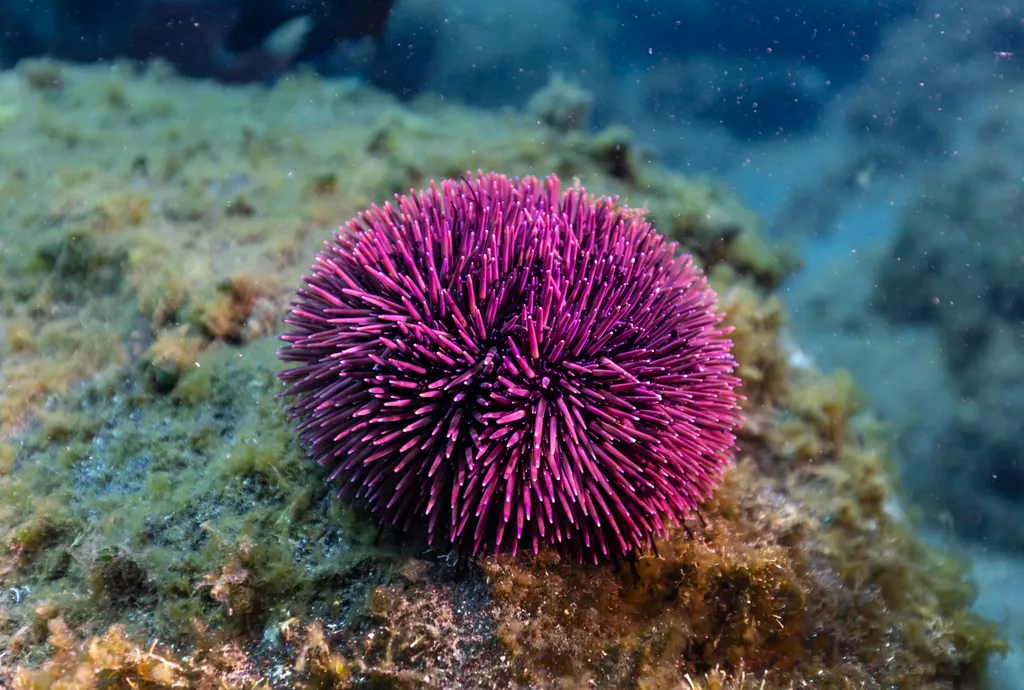
Photo by Diego Delso / CC BY-SA 4.0 via Wikimedia Commons
Sea urchins are the "hedgehogs" of the ocean, spiny, globular creatures that inhabit seabeds across the globe. With over 950 species, they come in a dazzling array of colors and sizes. While they might look like static pincushions, they are active grazers, slowly moving across reefs on hundreds of tiny, adhesive tube feet. They play a crucial role in marine ecosystems by keeping algae growth in check, maintaining the balance of coral reefs. However, their sharp spines demand respect from divers!
🔬Classification
📏Physical Features
🌊Habitat Info
⚠️Safety & Conservation
Identification Guide
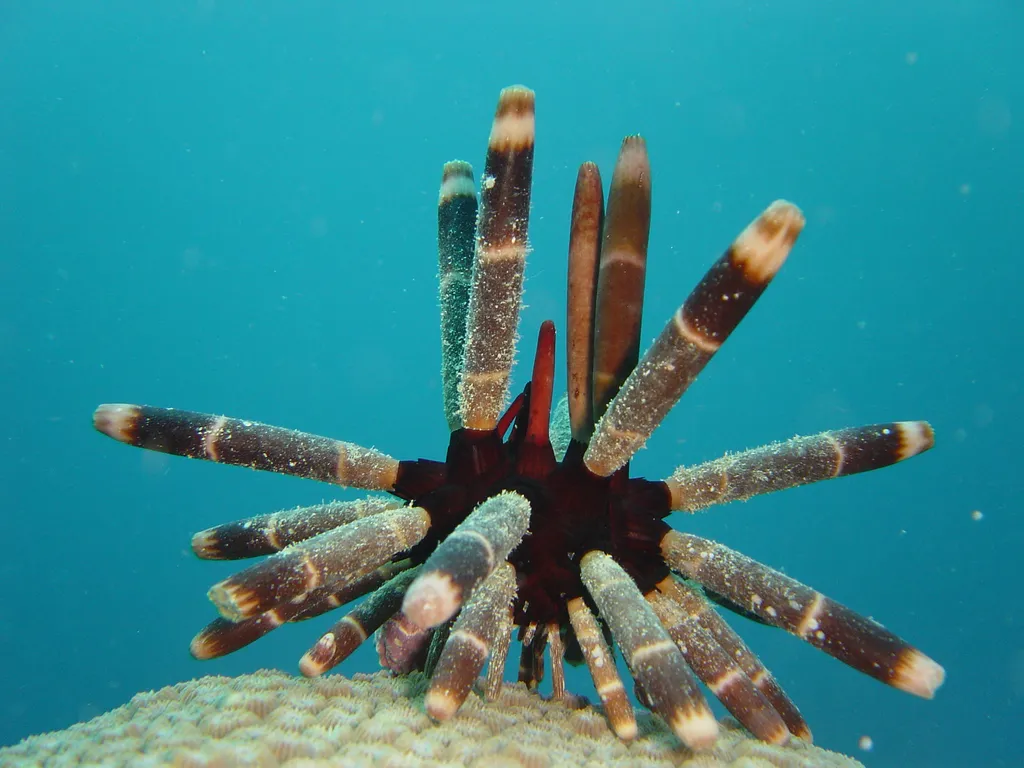
Photo by Melbar / CC BY-SA 4.0 via Wikimedia Commons
- Shape: Typically spherical or flattened (like sand dollars).
- Spines: Covered in movable spines, which can be long and sharp (Diadema) or short and blunt (Pencil Urchin).
- Tube Feet: Look for fine, transparent tube feet extending between the spines.
- Mouth: Located on the underside (oral surface), with a complex jaw structure.
- Camouflage: Some species (Collector Urchins) cover themselves with shells, rocks, or debris.
Top 10 Fun Facts about Sea Urchin

Photo by Stefanie Leuker / CC0 via Wikimedia Commons
- Aristotle's Lantern: Their mouth contains a complex, five-jawed chewing organ named "Aristotle's Lantern" because the ancient Greek philosopher described it as resembling a horn lantern. It's powerful enough to chew through rock!
- Tube Feet Locomotion: They move using a hydraulic system of hundreds of tiny, suction-cup-tipped tube feet, which they also use to sense their environment and capture food.
- No Brain, No Problem: Sea urchins lack a centralized brain. Instead, they have a large nerve ring around their mouth that coordinates their movements and responses.
- Master of Disguise: The "Collector Urchin" (Tripneustes gratilla) actively covers itself with debris, shells, and even trash to protect itself from sunlight and predators.
- Venomous Beauties: While most are harmless, the Flower Urchin (Toxopneustes pileolus) is highly venomous. Its "flowers" are actually pedicellariae (tiny pincer-like organs) that can deliver a painful and potentially dangerous sting.
- Centenarians: Some species, like the Red Sea Urchin, are among the longest-living animals on Earth, capable of living for over 100, or even 200 years!
- Keystone Grazers: They are vital for coral reefs. By grazing on algae, they prevent it from overgrowing and suffocating corals. However, an overpopulation (urchin barren) can strip a reef bare.
- External Fertilization: They reproduce by releasing eggs and sperm into the water column, where fertilization occurs. This mass spawning can sometimes be seen as a cloudy release during dives.
- Five-Part Symmetry: Like their cousins the starfish, they exhibit pentaradial symmetry (five-sided symmetry), which is easily seen in their dried shells (tests).
- Culinary Delicacy: Their reproductive organs (roe), known as "uni," are a prized delicacy in sushi cuisine, valued for their rich, creamy texture.
Diving & Observation Notes
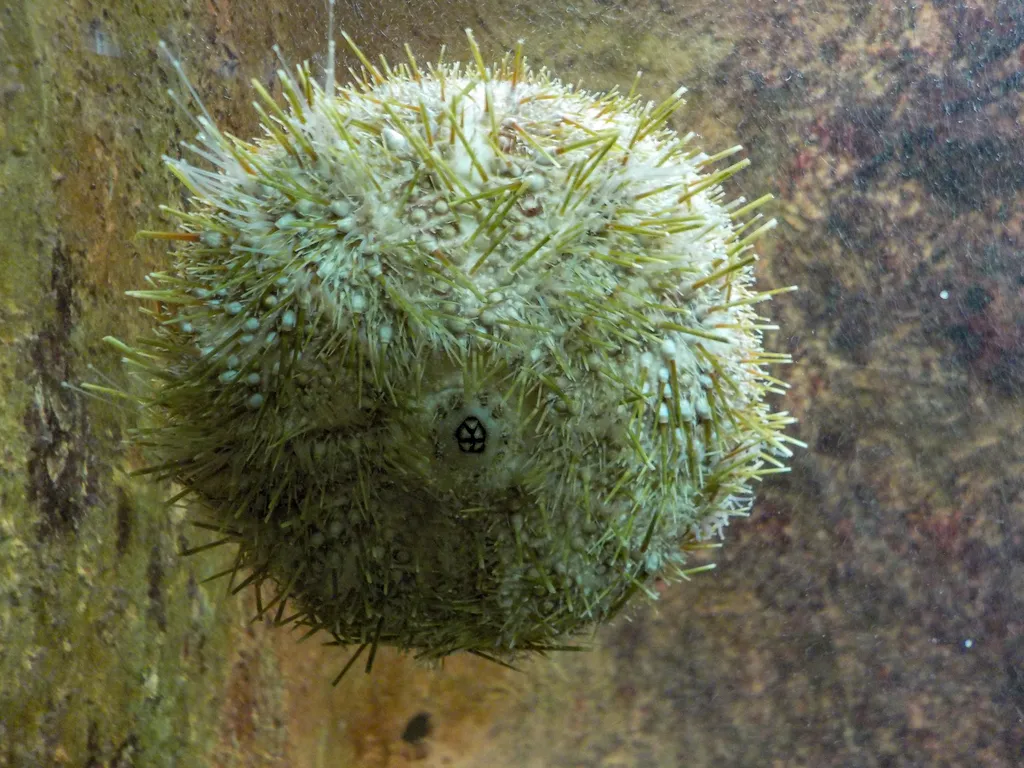
Photo by Albarubescens / CC BY-SA 4.0 via Wikimedia Commons
Diving with sea urchins requires a "look but don't touch" approach. Their spines are often brittle and can easily penetrate wetsuits and skin, breaking off inside and causing infection or granulomas.
Safety First
- Buoyancy Control: Maintain good buoyancy to avoid accidentally crashing into the reef and landing on an urchin. This is the most common cause of injury.
- Watch Your Hand Placement: Be extremely careful where you place your hands, especially in surge or currents. Urchins often hide in crevices.
- Venomous Species: Learn to identify the Flower Urchin. Do not touch anything that looks like a round flower garden on the sand!
Observation Tips
- Look Closer: Inspect the spines of long-spined urchins (Diadema). You might find tiny commensal shrimps or cardinalfish hiding safely within the forest of needles.
- Carrier Urchins: If you see a pile of shells moving across the sand, it's likely a Collector Urchin. Observe how it holds onto its camouflage.
- Night Dives: Many urchins are more active at night. Watch them move and graze; they are faster than you think!
If Stung:
- Carefully remove any visible large spines with tweezers.
- Soak the area in hot water (as hot as tolerable) to break down toxins.
- Vinegar can help dissolve smaller spine fragments.
- Seek medical attention if there are signs of infection or if spines are deeply embedded near joints.
Best Places to Dive with Sea Urchin

Komodo
Komodo National Park is a diver’s paradise full of marine diversity: expect healthy coral gardens, reef sharks, giant trevallies, countless schools of fish, and frequent manta ray sightings at sites like Manta Point and Batu Bolong. Drift dives and dramatic reef structures add excitement, while both macro lovers and big-fish fans will find plenty to love. Above water, the wild Komodo dragons roam, giving a touch of prehistoric wonder to the whole trip.
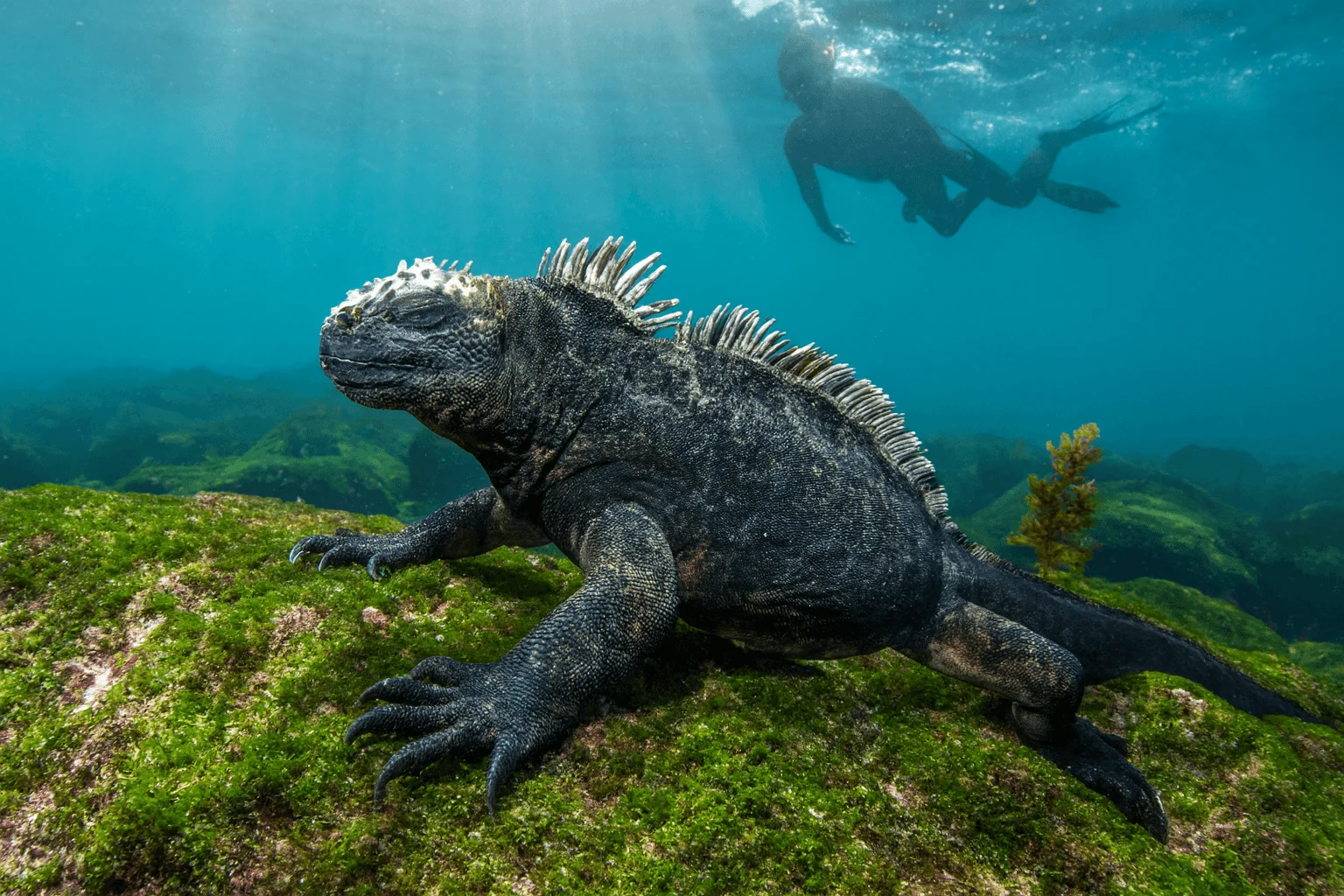
Galapagos
The Galápagos Islands sit 1 000 km off mainland Ecuador and are famous for their remarkable biodiversity both above and below the water. Created by volcanic hot spots and washed by the converging Humboldt, Panama and Cromwell currents, these remote islands offer some of the most exhilarating diving on the planet. Liveaboard trips venture north to Darwin and Wolf islands, where swirling schools of scalloped hammerheads and hundreds of silky and Galápagos sharks patrol the drop‑offs. Other sites host oceanic manta rays, whale sharks, dolphins, marine iguanas, penguins and playful sea lions. Strong currents, cool upwellings and surge mean the dives are challenging but incredibly rewarding. On land you can explore lava fields, giant tortoise sanctuaries and blue‑footed booby colonies.
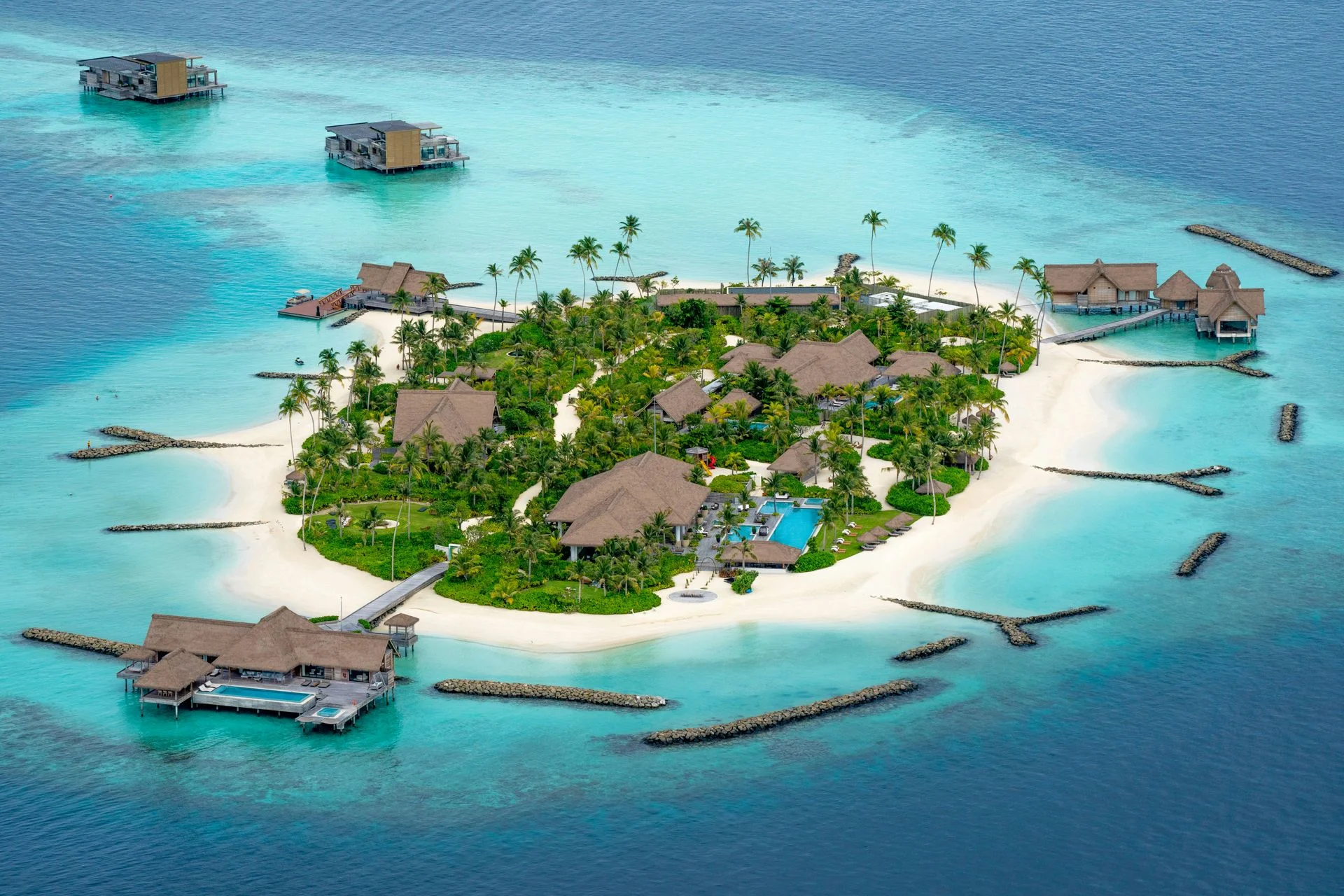
Maldives
Scattered across the Indian Ocean like strings of pearls, the Maldives’ 26 atolls encompass more than a thousand low‑lying islands, reefs and sandbanks. Beneath the turquoise surface are channels (kandus), pinnacles (thilas) and lagoons where powerful ocean currents sweep past colourful coral gardens. This nutrient‑rich flow attracts manta rays, whale sharks, reef sharks, schooling jacks, barracudas and every reef fish imaginable. Liveaboards and resort dive centres explore sites such as Okobe Thila and Kandooma Thila in the central atolls, manta cleaning stations in Baa and Ari, and shark‑filled channels like Fuvahmulah in the deep south. Diving here ranges from tranquil coral slopes to adrenalin‑fuelled drifts through current‑swept passes, making the Maldives a true pelagic playground.
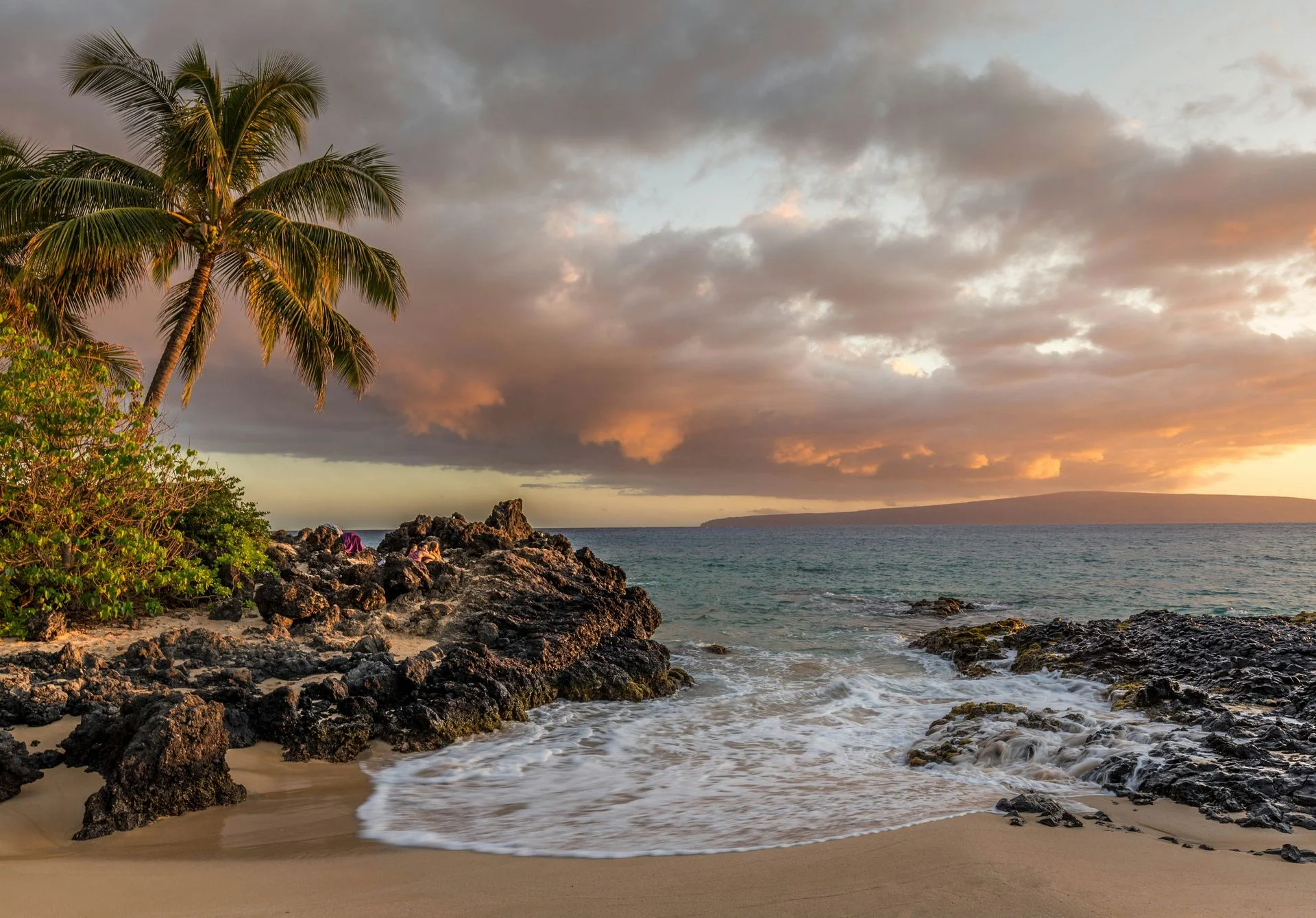
Hawaii
The Hawaiian Islands sit in the central Pacific and offer some of the United States’ most diverse diving. Each island has its own character: Oʻahu features WWII wrecks like the YO‑257 and Sea Tiger; Maui boasts the crescent‑shaped Molokini Crater and drift dives along Lānaʻi’s cathedral‑like caverns; the Big Island’s Kona coast is famed for lava tubes, black water pelagic dives and the world‑renowned manta‑ray night dive; Kauaʻi and Niʻihau offer lava arches, monk seals and dramatic drop‑offs. Water is warm year‑round and visibility regularly exceeds 25 m, making Hawaii ideal for both beginners and experienced divers. You’ll see green sea turtles, reef sharks, manta rays, dolphins and humpback whales in season, along with endemic fish found nowhere else on earth.
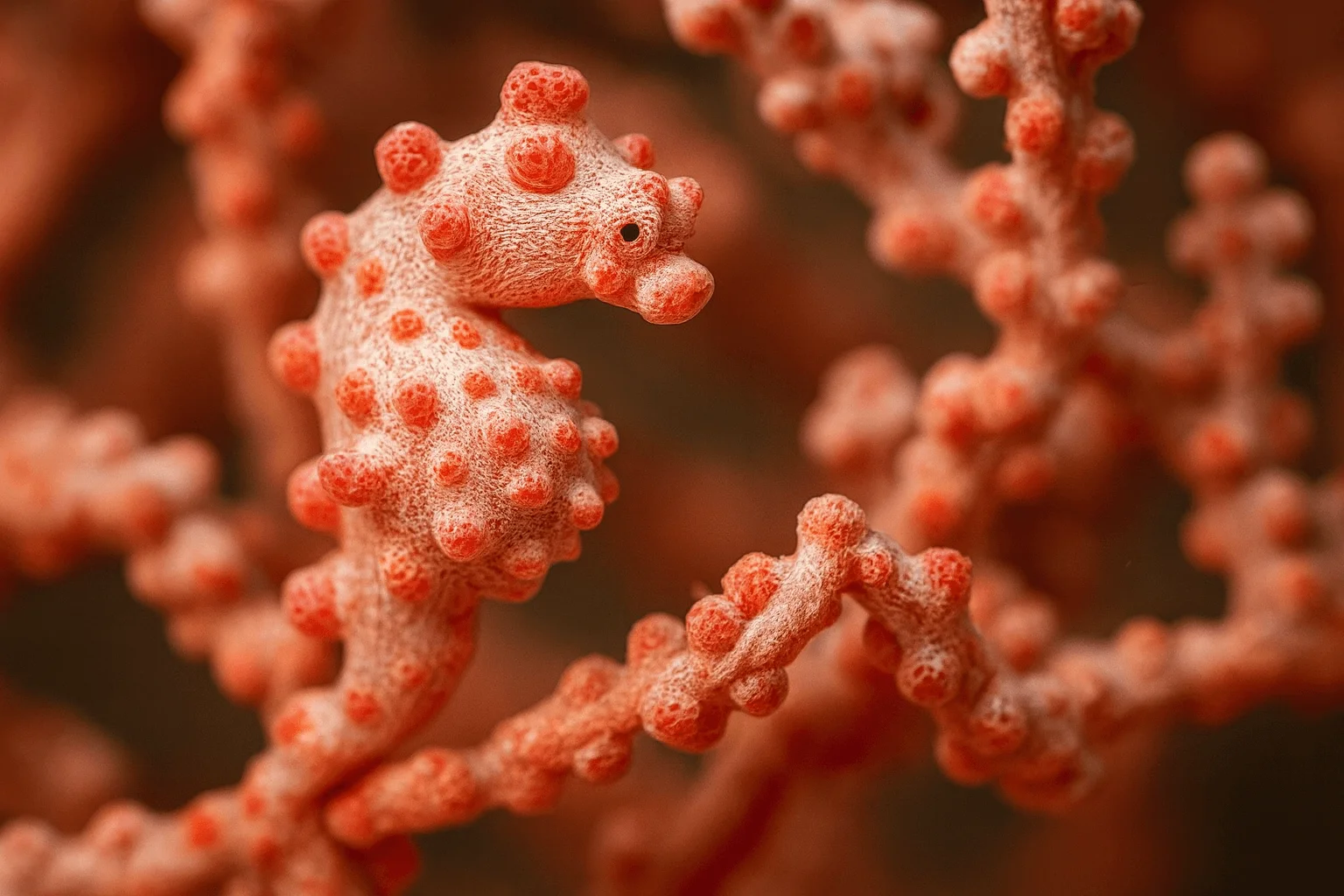
Anilao
Anilao, a small barangay in Batangas province just two hours south of Manila, is often called the macro capital of the Philippines. More than 50 dive sites fringe the coast and nearby islands, offering an intoxicating mix of coral‑covered pinnacles, muck slopes and blackwater encounters. Critter enthusiasts come for the legendary muck dives at Secret Bay and Anilao Pier, where mimic octopuses, blue‑ringed octopuses, wonderpus, seahorses, ghost pipefish, frogfish and dozens of nudibranch species lurk in the silt. Shallow reefs like Twin Rocks and Cathedral are covered in soft corals and teem with reef fish, while deeper sites such as Ligpo Island feature gorgonian‑covered walls and occasional drift. Because Anilao is so close to Manila and open year‑round, it’s the easiest place in the Philippines to squeeze in a quick diving getaway.